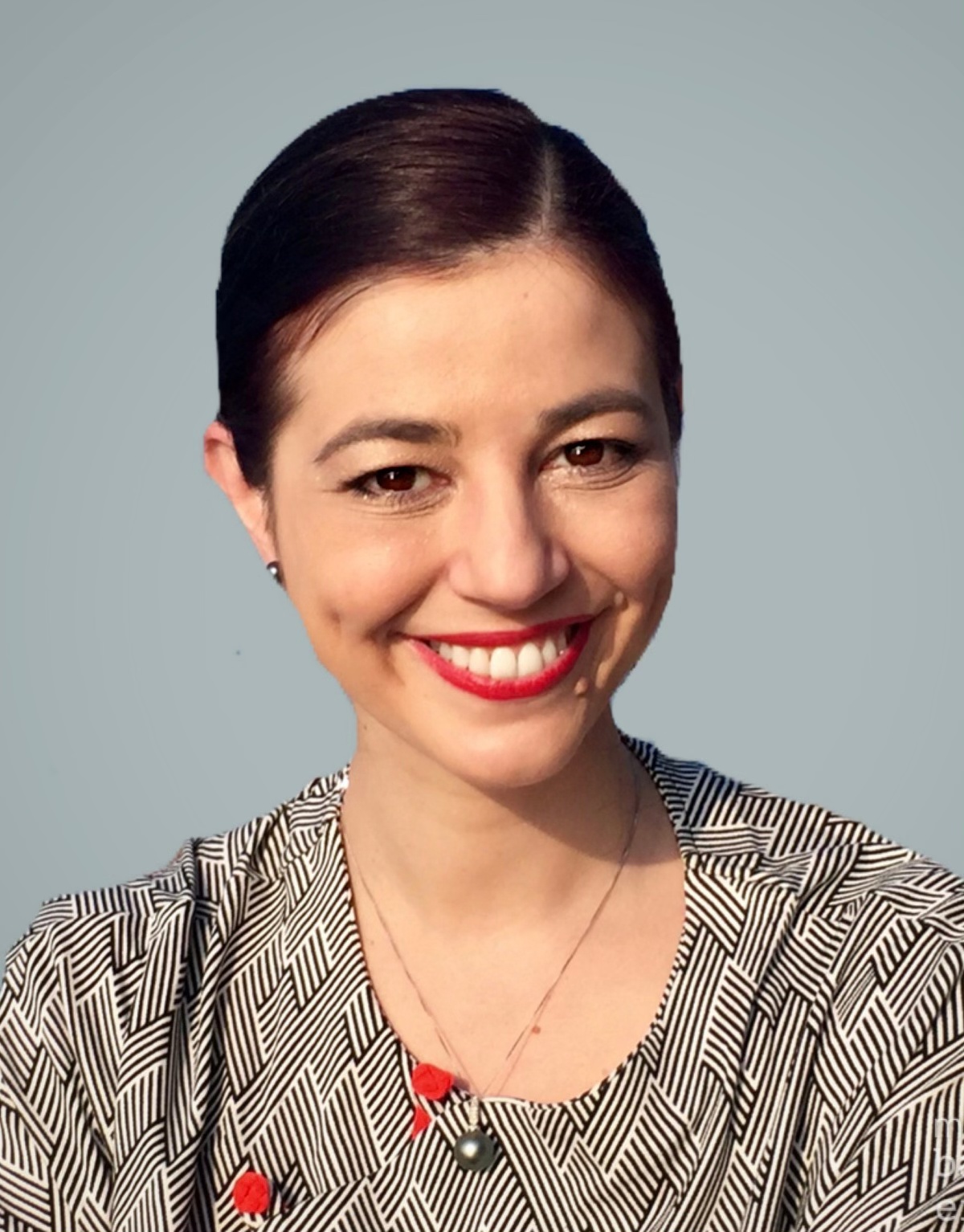-
Curator: Nataline Colonnello
Dates: May 25, 2024 – August 18, 2024
“Observing My Distant Self: Kang Chunhui” marks the artist’s premiere solo exhibition at INKstudio, offering an immersive journey into a crucial juncture in her artistic development. The exhibition unfolds in two distinct sections: “Observing My Distant Self” and “Undeniably Me”.
-
About The Artist
Kang Chunhui (b. 1982, Urumchi, Xinjiang) graduated with her MFA from Seoul National University in 2010 focusing on video art. In 2006, she went to the Kizil Caves (4th to 8th Centuries) near her hometown of Urumchi to study the early Buddhist mural paintings. The painting materials, technique, style and subject matter of the Kizil Caves is highly syncretic reflecting Central Asian—Kuchan, Gandharan and Persian—origins and reflecting contemporaneous artistic exchange with Byzantine Europe and historical influence from both India and classical Greece. Kang Chunhui’s current artistic practice reinterprets this Central Asia religious painting language within the historical, cultural and sociological context of Xinjiang today.
Kang Chunhui has exhibited at the Xinjiang Art Museum, Urumqi (2023), Wuhan Art Museum, Wuhan (2022), Jiangsu Museum of Modern Art, Nanjing (2021), Peking University, Beijing (2021), Zhejiang Art Museum, Hangzhou (2020), Chengdu Museum, Chengdu (2019), The Royal Society of British Artists, London (2018), Today Art Museum, Beijing (2017), University of Sydney Art Gallery, Sydney (2017), University of Hong Kong Museum and Art Gallery, Hong Kong (2016). Her works have been collected by the Wuhan Art Museum, Wuhan, Akita Museum of Art, Akita, Guardian Art Center, Bejing, Taikang Group, Beijing, and the Center for Contemporary Asian Art, Sydney.
-
About THE Curator
With over 20 years of experience in China and a background in sinology and contemporary art, Nataline Colonnello works as a museum and institution consultant and a curator, with a particular focus on photography, contemporary ink, historical and cross-disciplinary research, new technologies, and scientific applications in the arts. As the Founder of ThinkCanvas, she leads a boutique consulting firm specializing in cultural institution services, strategic planning, leadership development, and executive coaching for businesses.
In the past two decades, she has led both commercial galleries and not-for-profit institutions, several in their start-up, merger, or relaunch phases. She has worked as the director of European, American, and Asian organizations like the Three Shadows Photography Art Centre, one of the leading photography institutions in China, and more recently as the Exhibition Director of Gallery Weekend Beijing, one of the main cultural events in the capital. As an art critic, her essays and interviews have appeared in numerous international publications, exhibition catalogues, and monographs.
Besides Italian, she is fluent in English and Mandarin and can speak functional French and German.
-
-
“ I found myself in a landscape reminiscent of the Western Regions, particularly the ancient city Loulan that has long since vanished. I stood atop a hill, observing my distant self —— undeniably me —— I turned to the setting sun. ”
—— Kang Chunhui
Almost an enigmatic prophecy, the vivid childhood dreamscape lingered in the subconscious of visual artist Kang Chunhui (Urumqi, Xinjiang, 1982) for over three decades, until last year, 2023, when the time came for her to revisit its mystique with renewed urgency.
-
OBSERVING MY DISTANT SELF
-
Occupying the entirety of INKstudio’s ground floor, Observing My Distant Self 73°40′E~96°23′E 34°25′N~48°10′N, 2019-2023, is an expansive eight-part multimedia project responding to Kang’s childhood dream in the form of a metaphorical pilgrimage to the Western Regions. Eight 6’6”-long videos place an aspect of Kang’s artistic practice in spatial dialog with a location in Xinjiang selected by Kang for its historical, sociological, and cultural significance. On her pilgrimage Kang makes eight stops: the Kumtag Desert, Lop Nur, Bosten Lake, Tarim Poplar Forest, Kuqa Old Town, Tianshan Grand Canyon, Kizilgaha Beacon, and the Kizil Caves. Lop Nur, for example, is a historically- and archaeologically, multi-layered socio-cultural site situated at the far east shore of the post-glacial Tarim lake. From around 1800 BC until the 9th century, the lake supported a thriving Indo-European Tocharian culture. The Buddhist monk Faxian (337-422) went by the Lop Desert on his way to the Indus valley as did Marco Polo (1254-1324) in his travels along the Silk Road. A former salt marsh, Lop Nur has run dry as a result of dam construction and, over the past hundred years, has been variously a site of large-scale, industrial mining, a contested site of ecological restoration and the military test site where China detonated its first atomic and hydrogen weapons. Throughout her journey, Kang explores the boundaries between place, history, memory, self and creativity, conceiving them not as rigid territories but as expansive areas for exploration, exchange, synthesis and transformation.
-
-
-

Kumtag Desert 90°33’27E-42°84’86N
库木塔格90°33’27E-42°84’86N
Click for more details → -

Lop Nur 86°25’20E-41°20’38N
罗布泊86°25’20E-41°20’38N
Click for more details → -

Bosten Lake 87°02’58E-41°92’46N
博斯腾湖87°02’58E-41°92’46N
Click for more details → -

Tarim Poplar Forest 84°11’35E-41°15’35N
塔里木胡杨林84°11’35E-41°15’35N
Click for more details →
-

Kuqa Old Town 82°93'12E-41°72'47N
库车老城82°93'12E-41°72'47N
Click for more details → -

Tianshan Grand Canyon 83°05’35E-42°11’52N
天山大峡谷83°05’35E-42°11’52N
Click for more details → -

Kizilgaha Beacon 82°90’95E-41°79’87N
克孜尔尕哈烽燧82°90’95E-41°79’87N
Click for more details → -

Kizil Caves 82°51’35E-41°78’82N
克孜尔石窟82°51’35E-41°78’82N
Click for more details →
-
-
UNDENIABLY ME
-
On INKstudio’s third floor, Kang debuts new works in her Post-Modern synthesis of historical Central and East-Asian polychrome painting styles. In Kang’s latest works in her signature Sumeru series, she continues her alchemical exploration of mineral and organic red pigments through the form and metaphysical theme of the fold. In The Hidden Protagonist No. 2, 2022-2024, she transcends the boundaries between Imperial bird-and-flower and religious figure painting while exploring resonances between Eastern and Western mythologies. In The Hidden Protagonist: Mount Fuchun she transgresses the traditional boundary between xieyi or “calligraphically expressive” and gongbi or “meticulously descriptive” painting while interrogating the dialogical relationship between self and history through the landscape.
-

-

-

-

-

-
-
 Kang Chunhui 康春慧, The Hidden Protagonist: Mount Fuchun 隐逸的主角:富春山, 2023-2024Click for more details →
Kang Chunhui 康春慧, The Hidden Protagonist: Mount Fuchun 隐逸的主角:富春山, 2023-2024Click for more details → -
 Kang Chunhui 康春慧, Collection of Clouds & Forests No.16 云林集 No.16, 2023-2024Click for more details →
Kang Chunhui 康春慧, Collection of Clouds & Forests No.16 云林集 No.16, 2023-2024Click for more details → -
 Kang Chunhui 康春慧, Collection of Clouds & Forests No.12 云林集 No.12, 2022Click for more details →
Kang Chunhui 康春慧, Collection of Clouds & Forests No.12 云林集 No.12, 2022Click for more details → -
 Kang Chunhui 康春慧, The Hidden Protagonist No.2 (diptych) 隐逸的主角 No.2 (对屏画), 2022-2024Click for more details →
Kang Chunhui 康春慧, The Hidden Protagonist No.2 (diptych) 隐逸的主角 No.2 (对屏画), 2022-2024Click for more details →
-
-
(i). “洛神” (“Luoshen”) can be translated as “The Nymph of the Luo River” or “The Goddess of the Luo River”. It comes from a famous Chinese poem written by Cao Zhi (AD 192-232) during the Three Kingdoms period. A well-known depiction of the story can be found in a handscroll painting from the Song Dynasty, currently held by the British Museum.
(ii). The Six Steeds of Zhao Mausoleum are six Tang Chinese stone reliefs of horses that were originally located in the Zhao Mausoleum, Shanxi, China. The Zhao Mausoleum is the burial site of Emperor Taizong of the Tang Dynasty (618-907). The steeds were six valuable war horses ridden by Taizong during the early campaigns to reunify China under the Tang Dynasty.
(iii). Kang Chunhui in an interview with the author in her Beijing studio, 27 April, 2024.

























